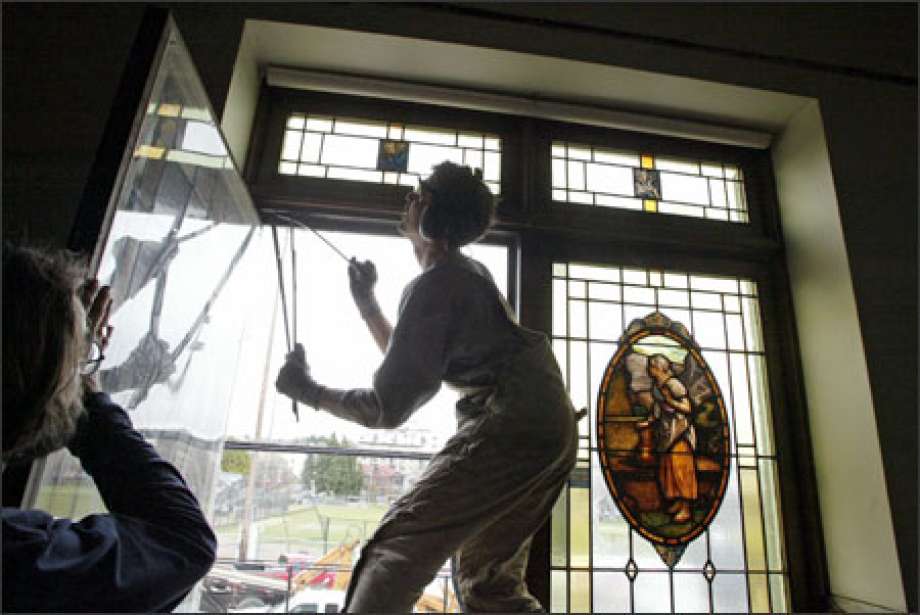
Welcome back to Decon Diaries, our blog series that’s all about deconstruction and salvage. In the first post of this series, we learned that deconstruction gained popularity with the rise of sustainability and green building movements. But deconstruction isn’t just good for the earth; it saves money, preserves culture, and can benefit all members of a community. Read on to learn about the many benefits of deconstruction.
It comes with financial benefits – Deconstruction has cost benefits for property owners, with the total cost of work often saving hundreds or even thousands in disposal fees. Once work is complete, a tax receipt issued to the property owner allows all reclaimed materials to be written off as a donation to a non-profit, which often means even more savings at the end of the tax year. In many places, deconstruction bylaws can also offer property owners financial incentives for choosing deconstruction over demolition.
It honors local history and craftsmanship – Deconstruction preserves materials that are no longer in production today. That old growth flooring for instance, originally milled at the turn of the century by your great grandfather, should absolutely not be wrecked and sent to the landfill. Instead, through careful and practiced salvage, that 100 year old flooring can be used again, sometimes for another 100 years. Deconstruction is often referred to as architectural salvage due to the large quantity of designed, architectural elements that are saved in the process. Today, things like that fir flooring, antique leaded glass windows, crystal door knobs, and more, can only be found at thrift stores like The RE Store. These items are often out of production, one of a kind materials that are not available anywhere else.
It builds a diverse workforce – A single construction worker operating an excavator can tear down a building all by their lonesome, but to deconstruct a building piece by piece, it takes a crew of multiple skilled workers. Deconstruction creates jobs and trains skilled workers that make a positive impact on our community.
It doesn’t waste time – Most single-family homes can be deconstructed without sacrificing on time: a skilled crew can deconstruct a house in close to or the same amount of time it would take to have it demolished traditionally. Dave Bennick, for example, owner of Bellingham-based RE-USE Consulting, regularly deconstructions 2,000 sq ft homes in 3 days or less, all around the country. Of course, as square footage goes up, so does the time required for work, but that remains true whatever your method.
It makes high-quality materials available to the general public – Deconstruction introduces low-cost, high-quality building materials into the community. Community members who may have otherwise been unable to afford new building materials are then able to access and put to use quality salvaged and reclaimed items, allowing for the continual improvement of structures and dwellings throughout the community. This continuous improvement contributes to a communities health and wellness.
It helps to curb environmental degradation – Deconstruction gained popularity in the early 90’s for a reason. Through the deconstruction process, nearly 75-90% of a building can be recycled and reused. Deconstructing ensures that these materials stay in the cycle – helping to reduce natural resource extraction. This means your favorite trail will continue to exist and forests around the world can continue to age as nature intended. Deconstruction also helps offset the large quantity of building materials that end up in the landfill. Read this blog to learn how rotting building materials are contributing to global methane emissions.
Decon diaries: the series
Deconstruction is more than pros vs. cons.This is the part of a multi-post series that will dive into the interesting world of deconstruction. We invite you to follow along. As we add more to this series, click here to see the whole series to learn about successes, tools used, the permitting process and more.
